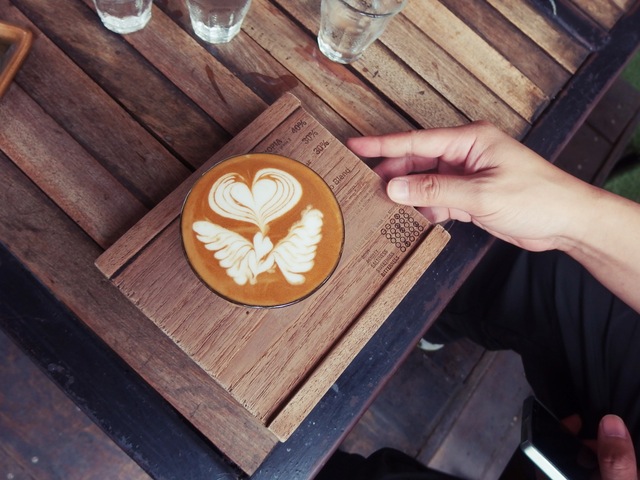A drink or beverage is a liquid intended for human consumption. In addition to basic needs, beverages form part of the culture of human society. Although all beverages, including juice, soft drinks, and carbonated drinks, have some form of water in them, water itself is often not classified as a beverage, and the word beverage has been recurrently defined as not referring to water.
An alcoholic beverage is a drink containing ethanol, commonly known as alcohol, although in chemistry the definition of an alcohol includes many other compounds. Alcoholic beverages, such as wine, beer, and liquor, have been part of human culture and development for 8,000 years.
Non-alcoholic beverages often signify drinks that would normally contain alcohol, such as beer and wine but are made with less than .5 percent alcohol by volume. The category includes drinks that have undergone an alcohol removal process such as non-alcoholic beers and de-alcoholized wines.
When the human body becomes dehydrated it experiences the sensation of thirst. This craving of fluids results in an instinctive need to drink. Thirst is regulated by the hypothalamus in response to subtle changes in the body’s electrolyte levels, and also as a result of changes in the volume of blood circulating. The complete elimination of beverages, i.e. water, from the body will result in death faster than the removal of any other substance. Water and milk have been basic drinks throughout history. As water is essential for life, it has also been the carrier of many diseases.
As mankind evolved, new techniques were discovered to create drinks from the plants that were native to their areas. The earliest archaeological evidence of wine production yet found has been at sites in Georgia (c. 6000 BCE) and Iran (c. 5000 BCE). Beer may have been known in Neolithic Europe as far back as 3000 BCE, and was mainly brewed on a domestic scale.[8] The invention of beer (and bread) has been argued to be responsible for humanity’s ability to develop technology and build civilization. Tea likely originated in Yunnan, China during the Shang Dynasty (1500 BCE–1046 BCE) as a medicinal drink.
The only way to keep your health is to eat what you don’t want, drink what you don’t like, and do what you’d rather not.
-Mark Twain
Drinking has been a large part of socialising throughout the centuries. In Ancient Greece, a social gathering for the purpose of drinking was known as a symposium, where watered down wine would be drunk. The purpose of these gatherings could be anything from serious discussions to direct indulgence. In Ancient Rome, a similar concept of a convivium took place regularly.
Many early societies considered alcohol a gift from the gods, leading to the creation of gods such as Dionysus. Other religions forbid, discourage, or restrict the drinking of alcoholic beverages for various reasons. In some regions with a dominant religion the production, sale, and consumption of alcoholic beverages is forbidden to everybody, regardless of religion.

Toasting is a method of honouring a person or wishing good will by taking a drink. Another tradition is that of the loving cup, at weddings or other celebrations such as sports victories a group will share a drink in a large receptacle, shared by everyone until empty.
In East Africa and Yemen, coffee was used in native religious ceremonies. As these ceremonies conflicted with the beliefs of the Christian church, the Ethiopian Church banned the secular consumption of coffee until the reign of Emperor Menelik II. The beverage was also banned in Ottoman Turkey during the 17th century for political reasons and was associated with rebellious political activities in Europe.




